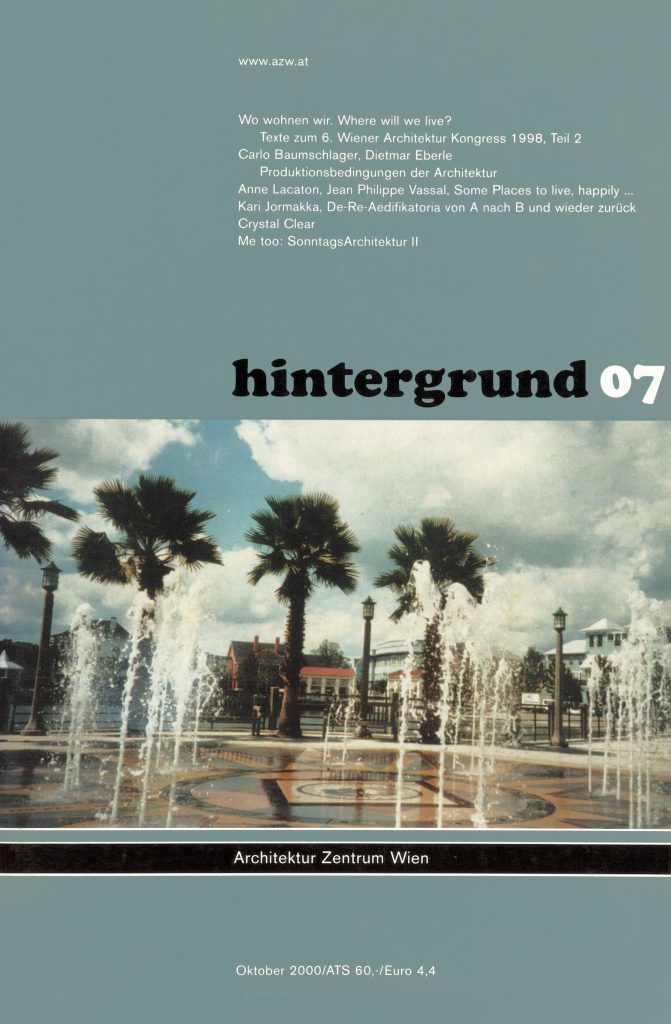
In the second part of the publication on the 6th Vienna Architecture Congress, which was dedicated to the theme "Where will we live. Where will we live?" you can read the texts by Kari Jormakka, Anne Lacaton/Jean Philippe Vassal as well as the lecture by the architects Carlo Baumschlager/Dietmar Eberle.
2,20 €
incl. 10% VAT plus shipping costs




